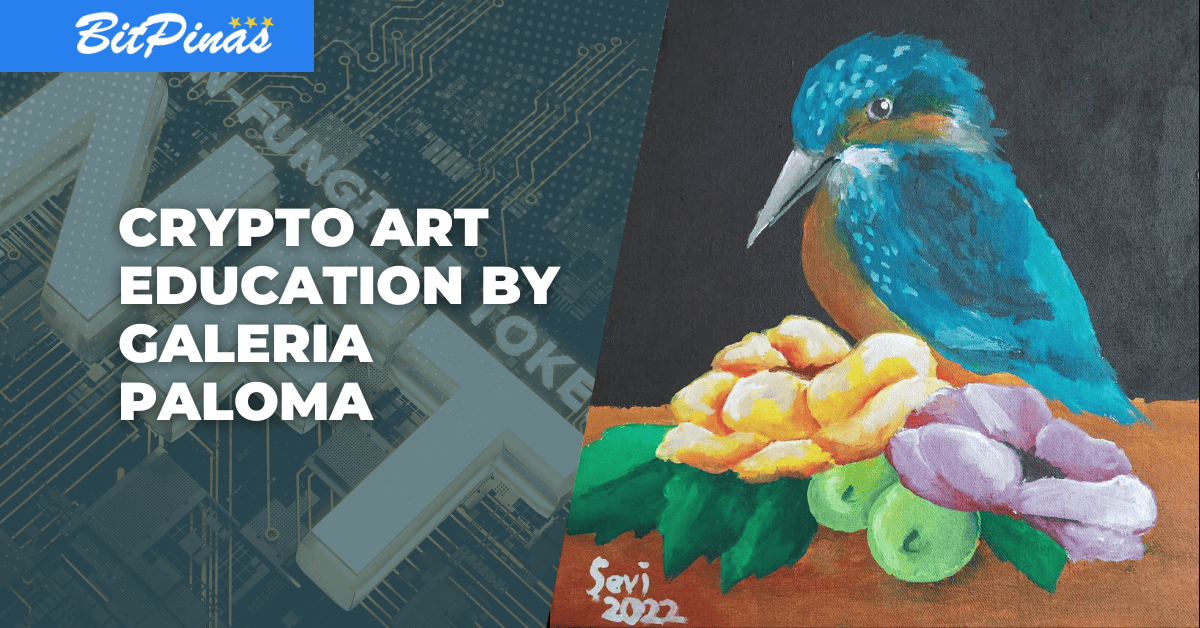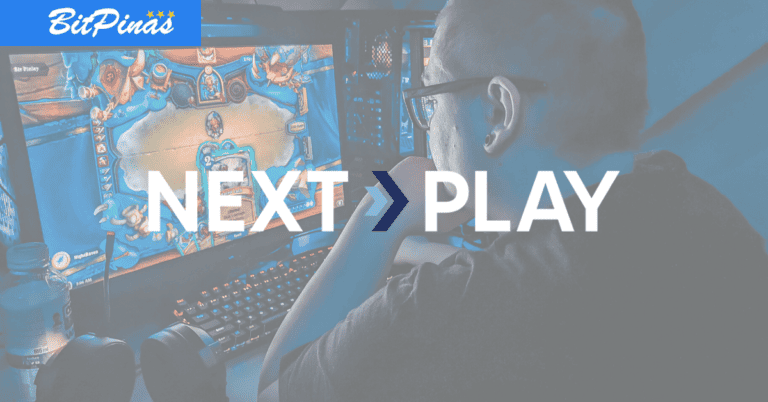Web3 Experts Highlight Role of Blockchain in Art Industry
During the discussion, the panel members mentioned how the blockchain is playing a big role in the art landscape, especially when the non-fungible token (NFT) arts, also called crypto art, are introduced to the industry.

“Previous to blockchain technology, digital art could be easily distributed due to its digital nature, leading to issues in proving ownership and authenticity, and thus diminishing the collectible quality of the artworks. On the blockchain, crypto art can now be easily minted or registered, offering an immutable, NFT for rightful owners and creators alike.”
This is the statement of Galeria Paloma, in a media release about the “Perspectives: Collecting Crypto Art” panel discussion hosted by the art gallery in partnership with Binance and Palladium.
During the discussion, the panel members mentioned how the blockchain is playing a big role in the art landscape, especially when the non-fungible token (NFT) arts, also called crypto art, are introduced to the industry.
Meanwhile, Kenneth Stern, the general manager of Binance Philippines, emphasized the importance of consumer protection as the NFT art industry is gaining popularity:

“For Binance, consumer protection is of utmost importance. Last year alone, we had over 450 applications to list on our NFT platform, and we accepted only five applications. It’s a very, strict, stringent process in order to get listed directly on our platform because we have a strong community ecosystem (in which we want to) build that trust; anti-money laundering and the KYC process is all also very, very important to us as well. We have a 500-person compliance team globally. Many of them are law enforcement that help protect our users.”
Highlighting a significant security layer and the motivation behind the blockchain’s invention, Stern shared how the blockchain technology was made, explaining that there were two scientists who introduced blockchain to the public in 1991 to make sure that nobody can tamper with the timestamp of digital documents.
“There are three simple rules about the blockchain: first, you can add data to it; second, you can never remove or modify data; and third, all data that gets added needs to be validated by a previous block of data–and by block, it just means a group of information. If you pull all these groups together, it collects into a blockchain,” the Binance Executive added.

Stern also emphasized that Binance is doing its best to protect its users that buy, sell, and trade NFTs on the platform.
“It’s for users, to protect (them) against any activity that might happen where they lose any of their investment. These are some things that we want to do to help with confidence of going into the blockchain and making these investments,” he stressed.
Recently, the crypto exchange giant announced its local educational initiatives for financial literacy, especially in the web3 infrastructure. It also has the largest insurance fund against hacks called the Secure Asset Fund (SAFU).
“Binance does take this very, very seriously and we will inform and communicate all of these to our users,” Stern exclaimed.
On the other hand, another panel member, Gareth Fletcher, the program director of Sotheby’s Institute of Art, declared that someday, the hybridization of traditional galleries will be relevant.
“An example of hybridization would be if you had a large gallery at a large art fair, they would still have physical booths in the art…but they’ll also have a hybrid digital booth, effectively an online viewing room, which would offer up multi-channel sales opportunities for them,” Fletcher expanded.
According to the art director, traditional art players, like artists, galleries, and producers, should adapt to the changes to be able to survive, especially since some people are already accepting the idea of art galleries are going digital, or even hybridized.
“During the pandemic, we all transitioned online really quickly. Online viewing rooms emerged out of nowhere, and suddenly you realize that some of the largest galleries in the world had to create some kind of digital capacity overnight,” Fletcher concluded.
Along with Stern and Fletcher, the other members of the panel were Fatmire Bekiri, Head of Tokenization at Sygnum Bank, and Atty. Regie Tongol, lawyer and collector of both crypto and traditional-form art.
The “Perspectives: Collecting Crypto Art” was held at Cinema 7, Power Plant Mall, Rockwell Drive, Makati City.
This article is published on BitPinas: Web3 Experts Highlight Role of Blockchain in Art Industry
Featured Image: Kingfisher and Flowers by Sevi Agregado
Disclaimer: BitPinas articles and its external content are not financial advice. The team serves to deliver independent, unbiased news to provide information for Philippine-crypto and beyond.





